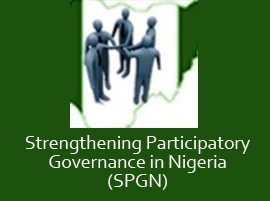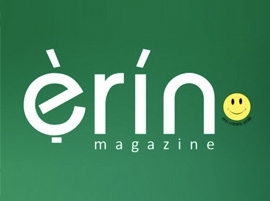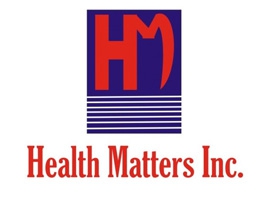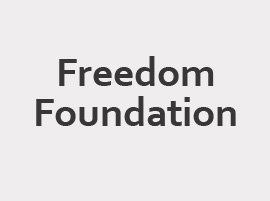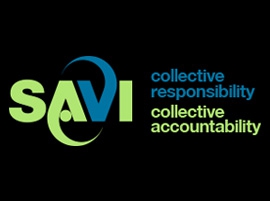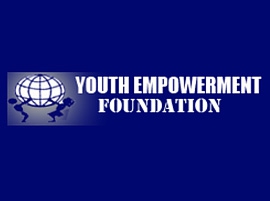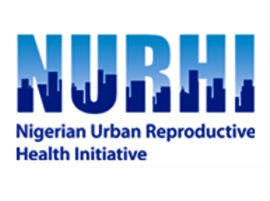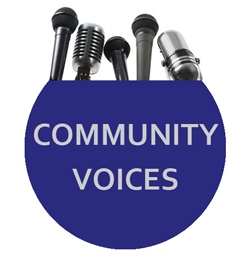Devcoms Roundtable proffers techniques for Adolescents, Youths Sexuality RH information
Tuesday, August 28, 2018

Recently a Media Roundtable on the Practical Ways for Introducing Adolescents and Youths to Sexuality and Reproductive Health Information was called by Development Communications (DEVCOMS) Network. SUCCESS DAMIAN reports.
Issues of Sexuality and Reproductive Health in recent times have taken the front burners and the Media is seen as the veritable channel to disseminate and educate the young ones on the sensitive discourse, however there arose the need to also educate the same media on the appropriate ways to carry out their job on sexuality and reproductive Health information, hence the Media Roundtable.
Speaking on a paper titled Practical Ways for Introducing Adolescents & Youths to Sexuality & Reproductive Health Information, Wemimo Adebiyi, A Behavioral Management Coach, said it is best to start talking with children about sexuality early, adding that children are curious about their bodies and different kinds of relationships from a very early age.
In her words, “Their curiosity creates a natural opportunity to begin the conversation and start building a respectful and trusting relationship. For young children, you can start by teaching them the names of their body parts or asking if they know why girls and boys look different. When we talk to children about sex, it’s important to keep our conversation age appropriate.”
She said that providing young people with information that is age-appropriate makes it easier for them to understand that sex is a natural part of human and emotional development, but meant for an appropriate time by also avoiding saying things like “it is for daddy & mummy.
Adebiyi also said it makes it easier to talk with them about the more complicated aspects of sexual intimacy as they get older.
Also dwelling on sub-topic as Making Decisions about Sex, she added that Young people need to learn how to negotiate sexual experiences positively and responsibly. According to her, “Making safe and informed sexual decisions include: giving them correct and clear information about contraception, safer sex and STIs, encouraging them to talk about sex and its consequences with their partner coming up with ways to deal with unwanted sexual pressure.
Relying on statistics, she said “55 abortion rate reported yearly per 1,000 women, half of which are adolescents out of unsafe sex which resulted to unplanned pregnancy, adding that unsafe sex practices also expose the young ones to STIs and HIV with a prevalence of 25 per cent among adolescents in the southeastern part and 28 per cent in the northern part of the country.”
Adebiyi also stated that real names for body parts should be deployed in introducing the young ones to sexuality and reproductive health information. “Avoid calling private parts by cutesy, made-up names. It makes kids think that there is something weird or shameful about their bodies, and they’ll be less likely to tell you if someone touches them.”
Speaking on Creating Safe Spaces for Adolescents and Youth: The YEF Experience, Iwalola Akin-Jimoh, Executive Secretary, Youth Empowerment Foundation (YEF), a group with vision to see a proactive youth population with skills for positive change, commenced her talk by explaining who a youth is. She said a youth is a person between the ages of 15 and 24 years, while an adolescent is a child between the ages of 10 and 19 years.
Jimoh disclosed that Safe spaces from YEF programs and experience is a place where a person can freely express himself or herself without any threat. “A place of succor and safety; a safe space is not defined by homogeneity nor age group. Safe spaces can be situated within communities and public spaces and can change identities depending on use. Safe spaces can be within faith-based organisations and other facilities.”
On the Needs of Adolescents & Youth she said “As for all humans young people have a right and need for food, play, freedom of expression, shelter, right to free worship, education including correct and accurate age appropriate information on RH, safety and security,” adding that a lot of needs are however not met as a result of poverty, lack of awareness on the part of parents and guardians, with ‘how I was raised’ syndrome, carelessness and highhandedness.
She maintained that within the community, there are no safe spaces nor safe services for young people, adding that HIV is less of a threat than pregnancy as far as young people are concerned and that abortion still remained an easy way out of a precarious situation.

